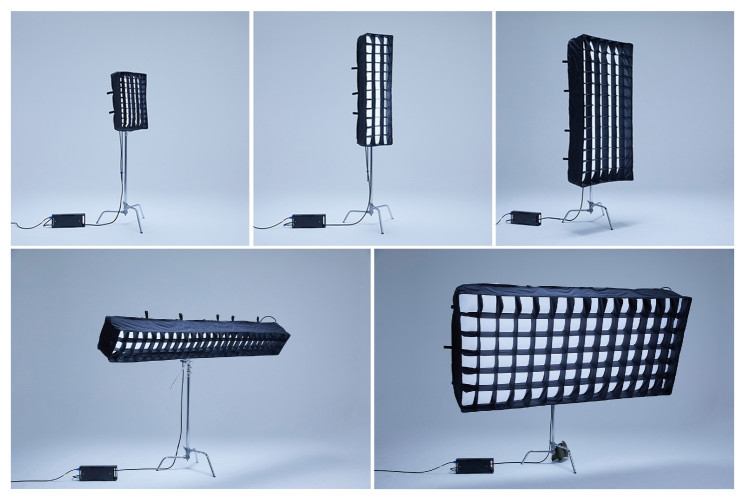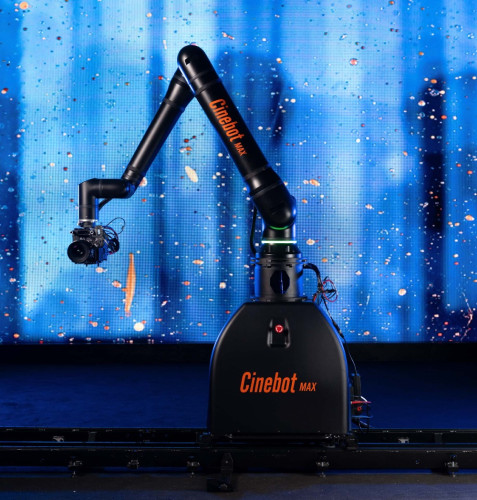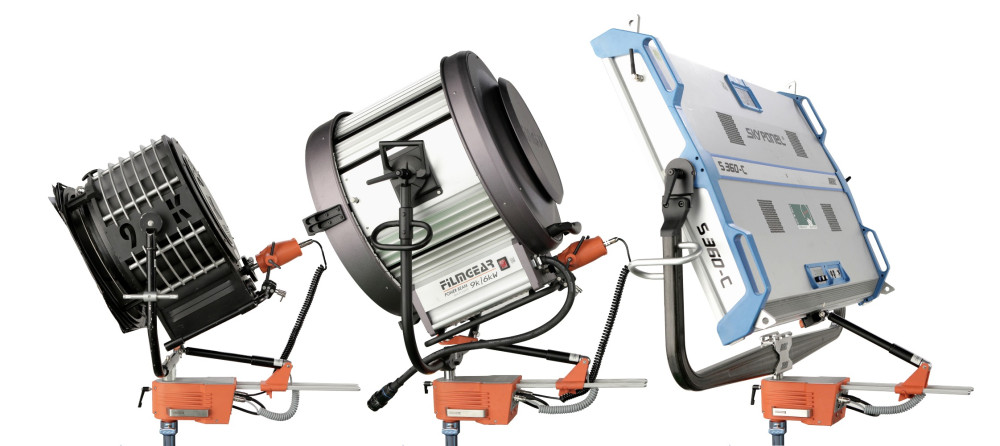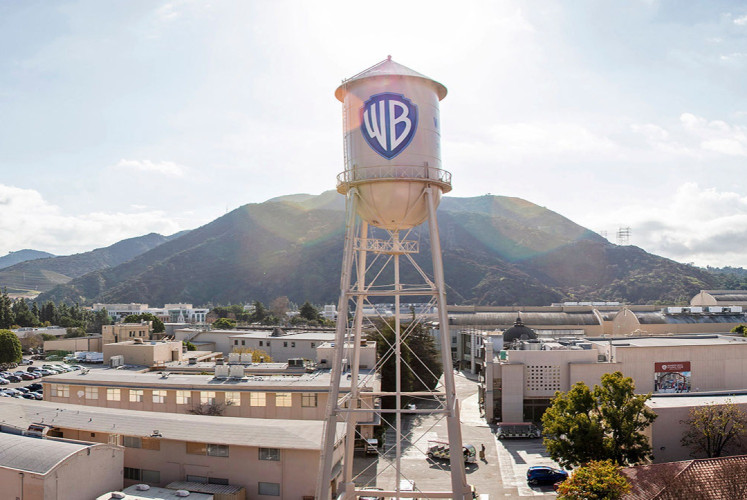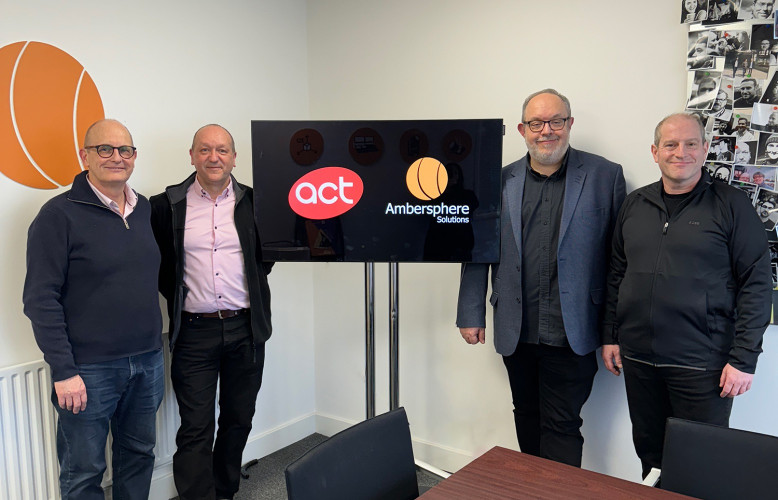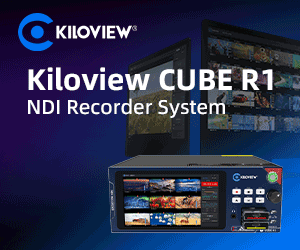12 Frequently Asked Questions About On-Camera Lighting
Author: Dennis Lennie
Published 1st December 2009
1. Why/when would someone use an on-camera light? The main purpose of an on-camera light is for “fill” light. Simply put, you are just trying to remove any shadows from your talent’s face to give them a nice clean natural look. If you use too much light, however, you will drown out your background and get no depth to the video. Also, in today’s’ run-and-gun world, it prevents the cameraperson from carrying a separate light and battery source, when they already bogged down with a camera, tripod and other accessories. Typically, an on-camera light is used for close-ups and interviews, usually within a distance of 5 feet. Additionally, a filter of some type is usually used to prevent the talent from having a light shining directly at them. On-camera lighting is not meant to light up a large area; that would be achieved with stand lighting.
2. What is the best light to use? Every situation is different and every cameraperson has a different look they want to create. The (3) three most popular solutions are tungsten, HMI and the newly popular LED’s. Each has its own advantages. The main advantages being that tungsten has a color temperature of 3200K, can project light the furthest, and is relatively inexpensive. HMI’s have a color temperature of 5600K, have a lower power consumption and are available in high output configurations. And the new popular LED’s have a color temperature of 5600K and very low power consumption.
3. Why are LED’s so popular? They are a new technology, so the initial interest is higher. You will actually see more halogen/tungsten lights being used today all the world over because it is less expensive and most of the shooting that requires fill lighting is indoors and at 3200K. The biggest advantage of LED’s is the low power consumption. People are always looking for ways to make their batteries have longer run-times, and using an LED light is the easiest solution. Also, they don’t produce any heat, so they don’t get hot to the touch.
4. Are LED’s the best lighting solution? As mentioned in number 3 there is no single “best” lighting solution. Different lights are better for different situations. If your main goal is to reduce power consumption, then LED’s are the best solution. Or, if your goal is a small amount of “fill light” at 5600K, then yes, LEDs are a good choice. The disadvantage, is they are more expensive than a tungsten light and are not able to project light far distances. LEDs are, however, less expensive than HMI.
5. How do you change your light output of any on-camera light? Most lights come with the necessary filters that allow you to change the color temperature and diffuse the light and make it “softer.” Others offer all different types of filters, diffusers, barn doors and even dimmers, which allow you to do a lot with a single light and use it in different applications.
6. What is meant by “ color temperature”?Color temperature is measured on the Kelvin scale. It is very important to take color temperature into consideration when prepping for a shoot, otherwise there is the possibility that the colors recorded by the camera will be distorted. The lower temperature light typically used in the video/film industry is 3200K; this is an “orange” light which is often described as “warm” or in color. On the higher end of the spectrum is 5600K which is blue light often described as “cool” or “daylight” and is usually used outdoors in sunlight, or in some cases inside, under certain fluorescent lighting situations.
7. What are the different beam patterns for bulbs? There are varying degrees of beam patterns used in on-camera lighting. They range from a spot, (less than 20 degrees) which is a very concentrated narrow beam pattern for illuminating objects further away, to a wide flood, (60 degrees or more) which is used for illuminating a large area closer to the camera. In between the spot and wide flood patterns, there is the medium flood and the full flood. You can also change the beam patterns by adding filters. The most effective LED lights are in the panel configuration, while resulting in a very flat and flattering light there is no angle pattern named. Think of the viewing angle of a flat TV screen. With an older CRT a viewing angle or “through” pattern might be 90 degrees. Now on a new flat TV screen you can see the picture pretty well from almost anywhere in the room.
8. How close does LED match to tungsten lighting? Simply put, most do not. The majority of LED lights have a color temperature around 5600K and tungsten is around 3200K. There have been some newly introduced LED lights with color temperatures approximating 3200K, but they are more costly than the standard LEDs. There are, however, adapters and filters/gels available which would allow you to change the color temperature as needed, though the use of these filters/gel reduce the usually limited throw of an LED even further.
9. Do lights need to be run on their own battery power? No. The best way is to power the on-camera light from the battery powering the camera. Anton/Bauer pioneered this with inclusion of the PowerTap on the Gold Mount over twenty years ago. Camera manufactures such as Sony have seen the advantage of this by making the Anton/Bauer PowerTap a standard feature on many of their broadcast cameras. There are some other lights that do have a self-contained battery, however that adds more weight and cost to the overall camera system.
10. Is there a way to mount an on-camera light to a stand for use as fill/backlight? Most lights use a -20 stud mount or shoe-type mount for mounting onto the camera, so an adapter may be needed to mount it to a stand, but it is possible. By doing this, it takes away from bringing a larger more cumbersome light with a separate battery source with you to a production. Using an adapter such as the Anton/Bauer Satellight Adapter enables you to mount a UL2 light and use an existing snap-on battery to power the light.
11. How do you power a light from a smaller handheld camera, such as the Panasonic HVX200? There are different solutions, but unfortunately most will require an additional, separate battery adding weight and inefficiency to the camera system. In contrast, Anton/Bauer offers the patented ElipZ 10K 7.2v battery system, which mounts under the camera, and allows you to power the camera and the Elightz (10w tungsten) or EledZ (4 watt LED) from the same battery. On the other hand, if you already own some Anton/Bauer Gold Mount batteries, the QR-DVX allows you to use a UL2 light along with a standard snap-on battery. Using this combination gives you a wider array of solutions and more light output.
12. How does the Anton/Bauer’s UL-2 system address quick light changes?
When Anton/Bauer engineers designed the original Ultralight back almost 30 years ago the idea of the quick change head module was born. Previous to the Ultralight, a photographer would have to replace the whole light fixture on camera to increase from a 25 watt lamp to a 50 or 75 watt lamp or from a spot, to medium flood, or full flood lamp. This would entail removing the whole fixture from the camera handle and unplugging from a battery belt or a separate battery. Also, quickly attaching the new light to the camera and plugging into the battery was also tedious and time consuming. (Or try to swap out a VERY HOT lamp.)
With the UL-2 system, quick changing head module, the cameraman can quickly take a 2.5 inch square cube from their accessory pack and swap head modules with the correct lamp already in it. This concept was continued and expanded to the HMI and LED head modules.
Today the UL2 or Ultralight2 allows the photographer to address quick lighting changes in two ways: The photographer can switch head modules to use a halogen lamp, an LED light panel or an HMI. Each of these lighting fixtures can be utilized for a specific application. It’s like having a couple of screws drivers in your tool box for the correct job at hand. Also, with over twenty options for filters, a softbox and the use of a dimmer on the LED and halogen lights, the UL2 allows the photographer to control the light output in even finer detail quickly and accurately.




